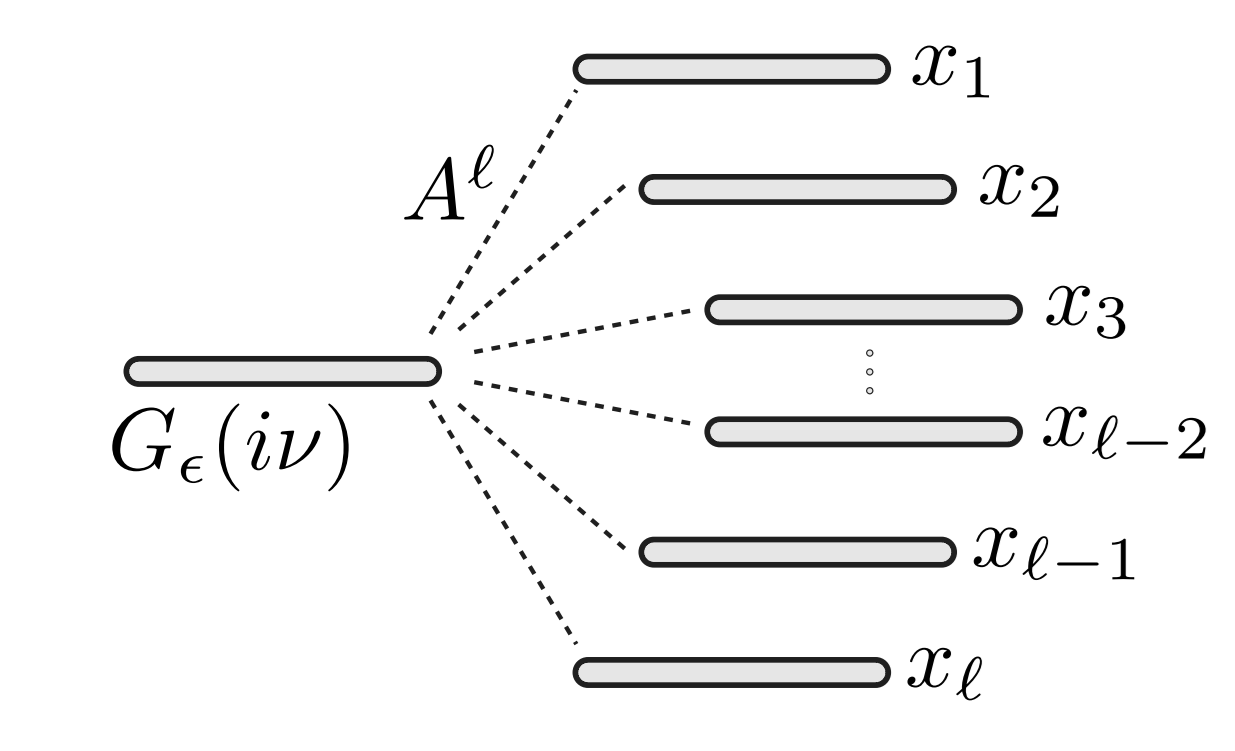Compute Everything: Transforming Quantum Chemistry Today
At Compute Everything, we're redefining what's possible in quantum chemistry...

The Breakthrough: Faster, Smarter Quantum Chemistry
At Compute Everything, we're redefining what's possible in quantum chemistry with our latest innovation, outlined in our paper Computation Kernel for Feynman Diagrams. This work is a practical leap forward that accelerates complex calculations powering real-world applications in drug discovery, materials science, and beyond.
Quantum chemistry studies how atoms and molecules interact at the quantum level—a critical foundation for designing new pharmaceuticals or engineering advanced materials. These calculations involve modeling particle interactions that grow exponentially complex, often taking massive computational resources and time. Our technology solves these problems by introducing a computation kernel—a reusable framework that streamlines the process, making it faster and more efficient without sacrificing accuracy.
How It Works: The Computation Kernel
Our approach centers on Feynman diagrams which represent particle interactions in quantum systems. Traditionally, computing these diagrams for a specific problem requires solving intricate equations from scratch, a manual process that’s slow and resource-heavy. We’ve changed that.
Our computation kernel isolates the universal components of these calculations—patterns and structures that appear across many quantum chemistry problems. By pre-computing these common elements, we create a foundation that is applicable to a diverse set of problems. Think of it as a highly optimized blueprint: instead of rebuilding every detail for each new problem, we apply the kernel and fill in only the unique parts. This cuts computation time dramatically while maintaining precision, enabling us to tackle large-scale systems that were previously impractical.
Tensor Networks: Efficiency Meets Power
A key ingredient in our technology is tensor networks, mathematical structures that efficiently handle the vast datasets of quantum chemistry. These networks allow us to represent complex quantum states—think of the countless ways particles can interact—in a compact, manageable form. By organizing this data intelligently, tensor networks let us perform calculations that would overwhelm traditional methods.
Quantum Computers and Quantum Chemistry: Where We Stand
Quantum computers are often hailed as the future of quantum chemistry. Unlike classical computers, which process information using bits (0s or 1s), quantum computers use qubits, which can exist in multiple states simultaneously thanks to quantum superposition and entanglement. This gives them the potential to simulate quantum systems—like molecules—far more naturally than classical machines, solving problems that scale exponentially in ways classical hardware struggles to match.
For example, in quantum chemistry, calculating a molecule’s energy states often involves evaluating a wavefunction - a mathematical description of a quantum system - across an enormous number of possible configurations. A classical computer checks each configuration one by one—an approach that becomes infeasible as molecule size increases. Quantum computers, in theory, could evaluate all configurations at once, offering an exponential speedup. Companies and researchers are racing to use this power for tasks like drug design, where understanding molecular interactions is critical.
But here’s the reality: quantum computers aren’t ready yet. Today’s quantum hardware is noisy, error-prone, and limited in scale—far from being capable of handling practical quantum chemistry problems. Experts estimate that fully fault-tolerant quantum computers, capable of delivering on these promises, are still 5–10 years away, if not more. Even then, they’ll need efficient algorithms to translate their raw power into usable results.
Beating Quantum Computers to the Punch
This is where Compute Everything shines. While quantum computers are still maturing, our technology delivers results now using today’s classical hardware. Our computation kernel and tensor network approach achieve speeds and scalability that rival what quantum computers aim to offer—without requiring exotic new machinery. We’ve optimized classical computing to handle quantum chemistry problems that others are waiting for quantum hardware to solve.
Our methods can model complex molecular interactions—crucial for drug discovery—in a fraction of the time required by current approaches. In materials science, we’re enabling rapid simulations of atomic structures, paving the way for innovations like stronger alloys or more efficient batteries. These aren’t promises for the future; they’re capabilities we’re deploying today.
When quantum computers become practical, our technology is adaptable. The kernel and tensor network framework are hardware-agnostic, meaning they can enhance quantum algorithms as well. We’re not just keeping up with the quantum revolution—we’re ahead of it, building a bridge from today’s solutions to tomorrow’s possibilities.
Real-World Impact
Our technology is more than a proof of concept—it’s the backbone of products we’re developing for industries that need fast, accurate quantum chemistry solutions:
We’ve validated our approach on real systems, achieving results that match experimental data with unprecedented speed. This is science you can use, not just admire.
Why This Matters to You
For users – researchers, engineers, or companies – our products offer a competitive edge: the ability to solve complex problems faster and more cost-effectively than ever before. For investors, Compute Everything represents an opportunity to back a proven technology that’s already delivering what others only promise. We’re not waiting for the next breakthrough—we’re making it happen.
Join Us
Compute Everything is at the forefront of a scientific transformation. Whether you’re looking to harness our tools for your next big project or invest in a company shaping the future, we invite you to be part of this journey. Let’s compute everything—together.